Early American Limner 1600’s-1700’s
Get a Limner Certificate of Authenticity for your painting (COA) for your Limner drawing.
For all your Limner artworks you need a Certificate of Authenticity (COA) in order to sell, to insure or to donate for a tax deduction.
Getting a Limner Certificate of Authenticity (COA) is easy. Just send us photos and dimensions and tell us what you know about the origin or history of your Limner painting or drawing.
If you want to sell your Limner painting or drawing use our selling services. We offer Limner selling help, selling advice, private treaty sales and full brokerage.
We have been authenticating Limner and issuing certificates of authenticity since 2002. We are recognized Limner experts and Limner certified appraisers. We issue COAs and appraisals for all Limner artworks.
Our Limner paintings and drawings authentications are accepted and respected worldwide.
Each COA is backed by in-depth research and analysis authentication reports.
The Limner certificates of authenticity we issue are based on solid, reliable and fully referenced art investigations, authentication research, analytical work and forensic studies.
We are available to examine your Limner painting or drawing anywhere in the world.
You will generally receive your certificates of authenticity and authentication report within two weeks. Some complicated cases with difficult to research Limner paintings or drawings take longer.
Our clients include Limner collectors, investors, tax authorities, insurance adjusters, appraisers, valuers, auctioneers, Federal agencies and many law firms.
We Perform Early American Limner art authentication, appraisal, certificates of authenticity (COA). analysis, research, scientific tests, full art authentications. We will help you sell your Early American Limner or we will sell it for you.
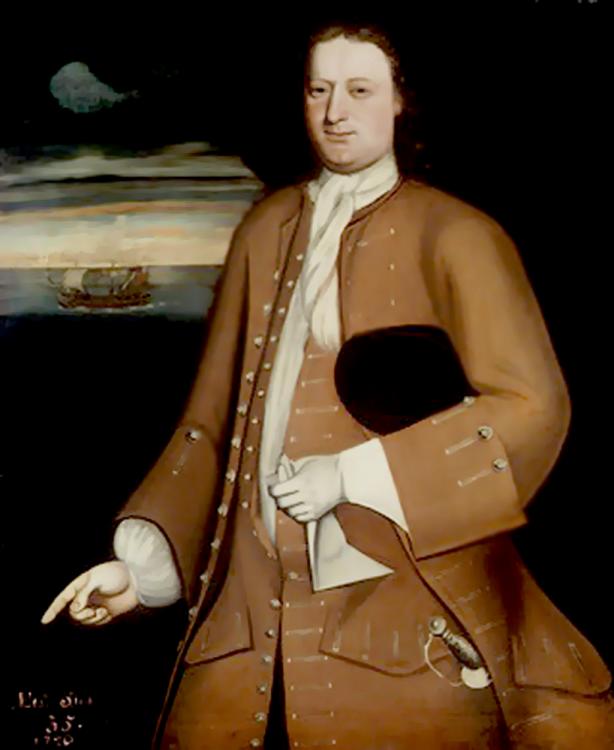
In Colonial New England, it was fashionable for wealthy families to hire painters to create portraits of their family often and extensively. These portrait painters were referred to as “limners” and in general were untrained and unnamed painters working in the Early American colonies. These limners would also be hired to paint ornamental objects such as clocks, signs and even landscapes.

Paintings by these untrained and Early American Colonial painters are generally unsigned, making it impossible for the untrained eye to decipher who the artist was. Sometimes through extensive research and testing it is even impossible for art historians and experts to determine who created a painting. Thus, the term limner is applied to these mysterious Early American painters.
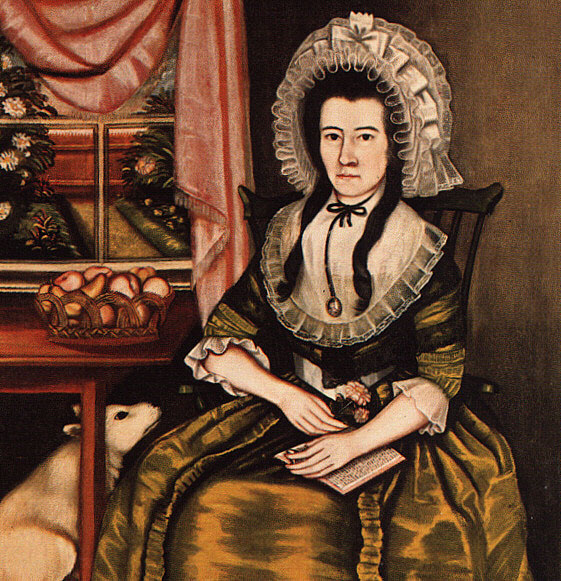

One of the most famous of the New England limners was The Freake Limner. These paintings were created in a decorative Elizabethan style, and all are attributed to the same artist. Nothing is known of this artist except that he was likely a Dutch itinerant living in New York and often working and painting in Boston. This painter showed similarities in all of the paintings attributed to him, such as the size of the canvases (approximately 42 by 36 inches). The composition of his sitters, as well as the treatment of their expressions and posture is also strikingly similar in each of the paintings attributed to him.
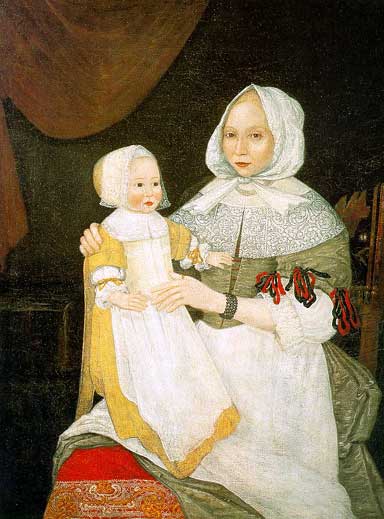
This same painter is also attributed to painting the Gibbs family, also of Boston.
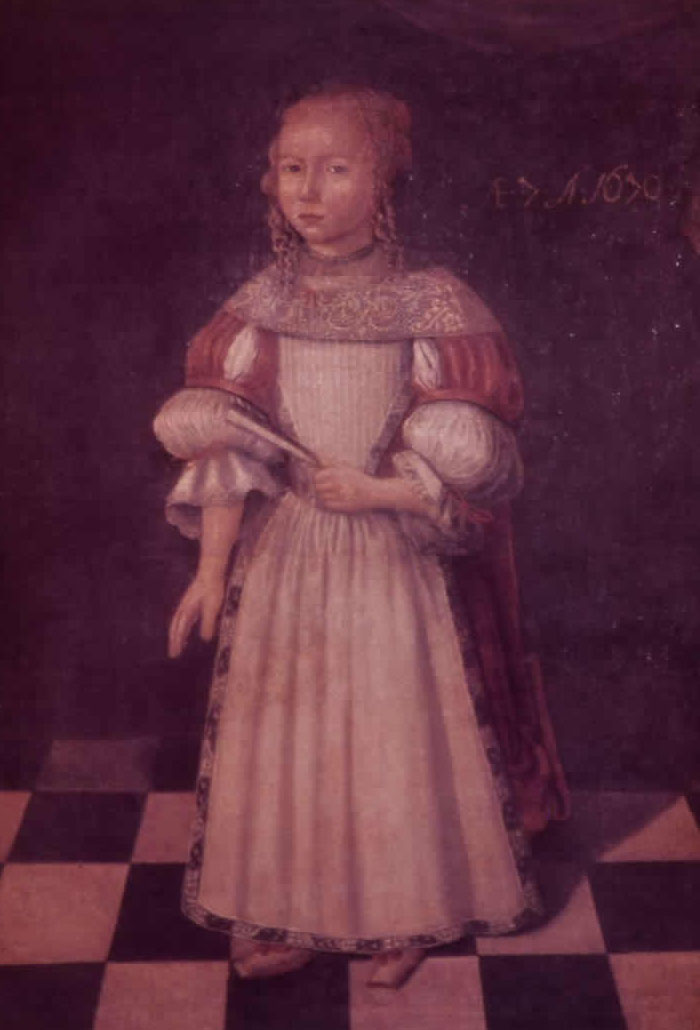
There are a multitude of other limners for families under the names Frost, Pepperell, Schuyler and Denison just to name a few.
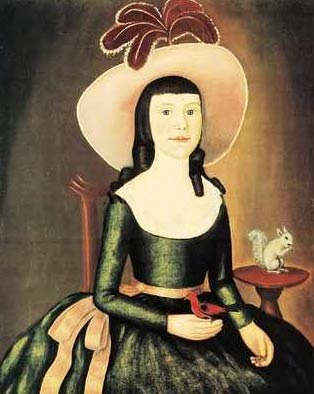
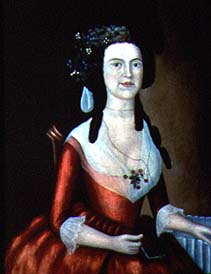
Through proper research and art authentication techniques, paintings once attributed to just a “limner” could possibly be attributed to better known Early American artists, such as Nehemiah Partridge or Thomas Smith. One thing that stands out among these paintings is their consistently naïve style. This is due to the fact that most limners were thought to have been self taught, receiving little or no formal artistic instruction. These limners left behind great mysteries for art historians to solve, leaving a great number of Early American paintings and portraiture in their wake, some now in public collections, but many of which probably still reside in New England family estates. Still wondering about a family portrait from colonial American times? Contact us…it could be attributed to one of these limners.
Reviews
1,217 global ratings
5 Star
4 Star
3 Star
2 Star
1 Star
Your evaluation is very important to us. Thank you.
